Balancing the world thru architecture
Updated: 2015-03-13 13:00
By Hua Shengdun in Washington(China Daily USA)
|
||||||||
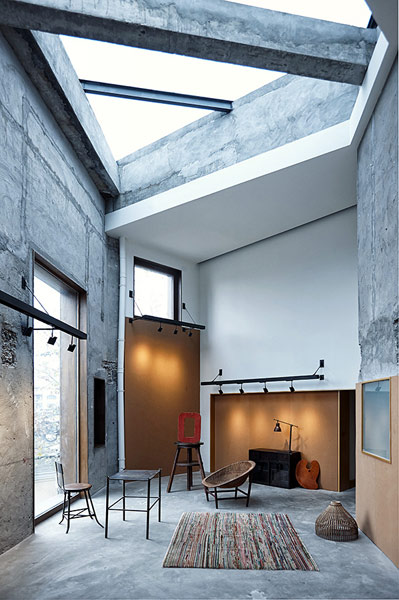 |
|
Octave Living Room, Shanghai, China, 2015. Photo courtesy Octave and Tsao & McKown Architects |
A Buddhist and advocate of transcendental meditation, she always backed her son in his decision making, not only in his later architecture designs but also in his primary choice to study art.
By Chinese tradition, Tsao was originally destined to follow his family business of shipping. His father Frank Tsao succeeded in Hong Kong and South East Asia by founding and running the International Maritime Carriers Pan Asia Alliance Group since 1966.
But the father's expectations that Tsao would pursue business conflicted with his own desire as a young man to become an artist. "My father had to listen to my grandparents, that's a tradition. They loved arts and supported me," said Tsao, who was inducted into the Interior Design Hall of Fame in 2011.
Immigrating with his family to California in 1965, Tsao formed his critical thinking at the University of California, Berkeley, a hub of student activism and critical thinking in the 1960s, where he took a wide range of liberal arts courses, from sociology, anthropology, and psychology to art, musicology, and choreography.
After gaining his bachelor's degree in 1974, Tsao went to Harvard for a master's degree in architecture, where he won the Henry Adam Award for excellence in the study of architecture. After graduation, Tsao met his future employer Ieoh Ming Pei, known as I.M. Pei, the world-renowned master of modern architecture, who is also Chinese.
With knowledge of Chinese, Greek, and Roman architectural history gleaned at Harvard and one year's working experience with Richard Meier, another legendary architect, Tsao joined I.M. Pei's design team of five people for the Fragrant Hill Hotel, the first project by foreign architects in China, and landed in Beijing in 1982.
"It was a different time when there were only three hotels in Beijing: Beijing Hotel, Xi Yuan, and Diaoyutai," he said. "Every morning you looked out, tens of thousands of bicycles went by on the roads." He was deeply impressed that even though people had nothing, there was an incredible spirit of community and a genuine sincerity.
Since the opening up policy in 1979, China has gone through "dramatic changes", Tsao, however, found out that the Pandora's box not only brought wealth and prosperity, but also caused pure emotions to fade away and made life more complex.
A desire to "keep the balance and maintain human identity" inspired Tsao to found his own design company with his classmate from Harvard Zack McKown.
Having always "been interested in the human condition as the basis for architect design", McKown said, the company covered about 70 projects, with the "widest conceivable range of project types and scales" from North America to Europe and Asia, from Suntec City - a 6 million square-foot mixed-use complex dubbed the "Rockefeller Center of Singapore" - to the design of a lipstick case for Japanese cosmetics giant Shu Uemura.
The company made its China debut in 1985 with the design of a high-rise residential building in Shanghai, and then went on to Dalian, Qingdao, and Chengdu.
In 2006, the firm finished construction of the Jianfu Palace Museum in the Forbidden City in Beijing. Jianfu Garden, which was made of wood in 1749 as a place for recreation and entertainment, was ruined by fire in 1923, its restoration shelved for 80 years.
The palace, which won the Best of Year prize from Interior Design magazine, now serves as both a reception center for visiting dignitaries and museum of Chinese architecture with exhibit space for artifacts, photos, and drawings.
In the firm's recent work in Qingdao Agora in 2012, Tsao designed an office building in the form of traditional Chinese scholar's rocks, small naturally-occurring garden rocks favored by Chinese scholars since ancient times.
"The specific shapes of the stones are said to evoke islands off the coast of Shandong Province, and are often presented on an intricately carved base," Tsao said on the program's portfolio.
He said the use of Chinese rocks inspired the establishment of "a poetic and specific connection with the natural history and culture of the local region".
To Tsao, buildings provide environments and influence the way people live, and the mission to "design the right kind of building to use is important", and the secrets lies in both the hardware of construction and software operations of how to use the buildings and instill cultural and spiritual values.
A member of the Committee of 100, a US-based non-profit Chinese-American group promoting China-US relations initiated by the likes of Yo-Yo Ma and I.M. Pei, Tsao has also stayed devoted to his motherland.
After the 2008 Sichuan earthquake, Tsao attended the Committee of 100 meeting for the disaster relief and, with McKown, helped conceive a design for 13.6 million square feet of building on 240-acres in Chengdu-Xiqu.
A self-proclaimed global citizen, Tsao flies between Asia and America every few weeks to both care for his projects and visit his father and family members.
At the 2008 President's Medal ceremony by The Architectural League of New York, Tsao, then president, remarked that architecture is "the most public of the arts" and "not just about aesthetics nor excitement for the new", but about "zoning laws and building regulations and city planners" and "respect for the best of the old". And ultimately, it is "about values".
Sheng Yang in Washington contributed to this story.

 International rescue teams head to quake-hit Nepal
International rescue teams head to quake-hit Nepal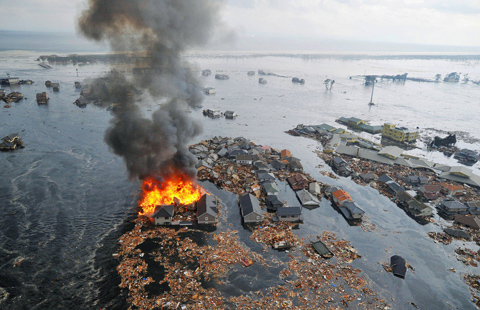
 World's deadliest earthquakes since 1900s
World's deadliest earthquakes since 1900s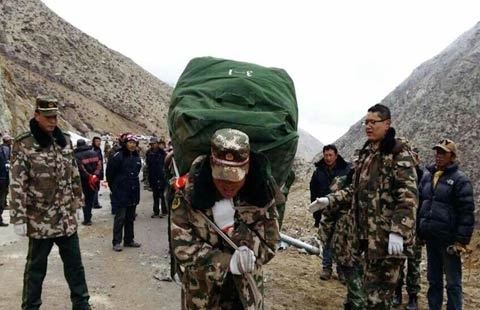
 Rescuers deliver relief supplies on foot
Rescuers deliver relief supplies on foot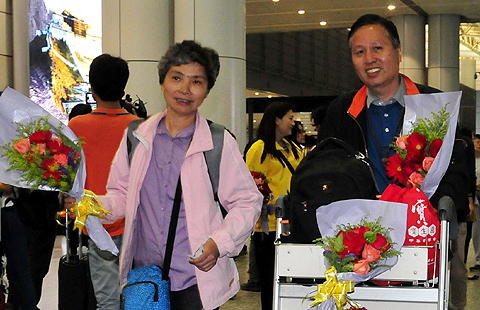
 China brings trapped nationals home from quake-hit Nepal
China brings trapped nationals home from quake-hit Nepal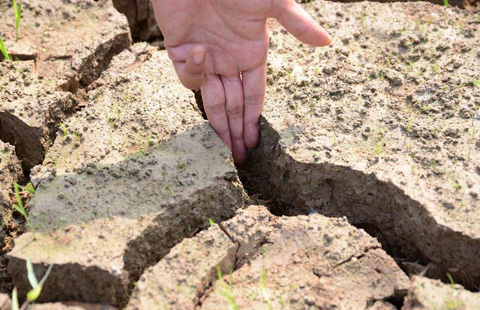
 Severe drought hits Southwest China
Severe drought hits Southwest China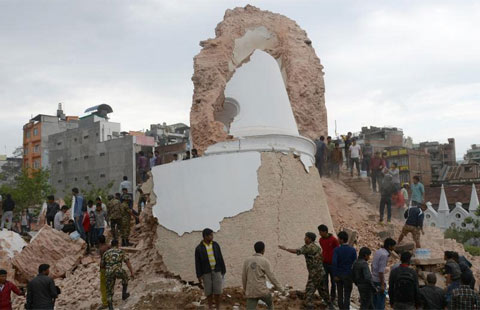
 History razed in Nepal earthquake
History razed in Nepal earthquake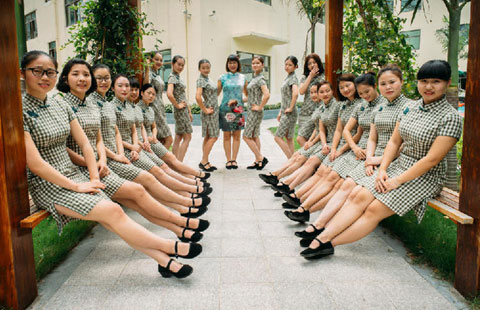
 'Chi-pao teachers' found in Guangdong
'Chi-pao teachers' found in Guangdong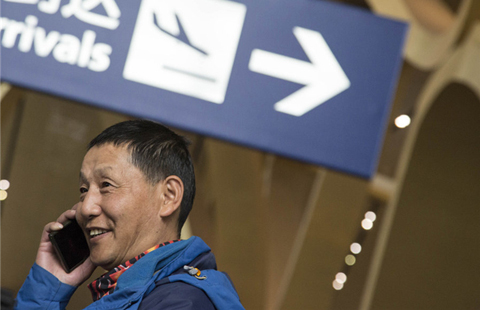
 Tourists evacuated from Nepal quake area arrive in Kunming
Tourists evacuated from Nepal quake area arrive in Kunming
Most Viewed
Editor's Picks

|

|

|

|

|

|
Today's Top News
Chinese, Koreans seek Japan apology
China rescue team starts work
Three US citizens among dead in avalanche after Nepal quake
Chinese rally across US to support NYC police officer under indictment
New publication will focus on China's energy industry
Abe's US trip: sense or sensibility?
China to overtake US in mobile gaming market
Nearly 2,500 confirmed dead in Nepal quake
US Weekly

|

|







